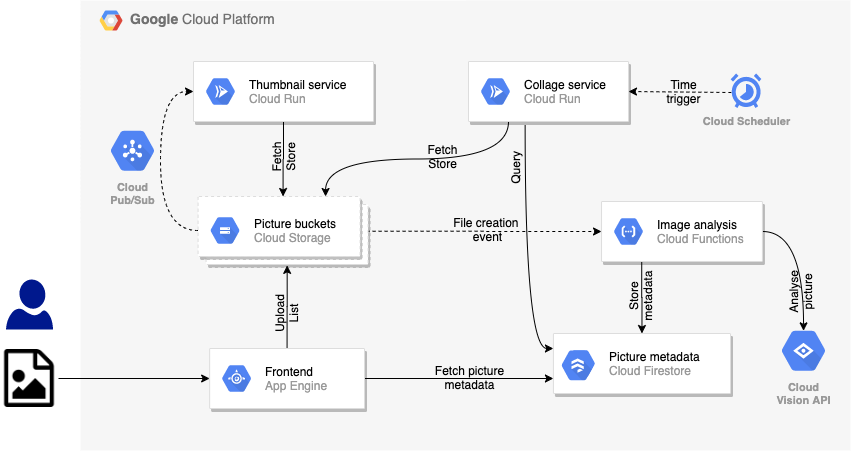BOOK THIS SPACE FOR AD
ARTICLE ADJSON Web Tokens (JWT) are a popular method for authenticating and authorizing users in web applications. However, as with any technology, JWT has its vulnerabilities that can be exploited by attackers. Here are a few ways JWT can be vulnerable and how to mitigate them:
Insecure secret key: JWT relies on a secret key to sign and verify tokens. If this secret key is compromised, an attacker can use it to create and sign their own tokens, allowing them to impersonate legitimate users. To mitigate this, use a secure method for storing and managing the secret key, such as using a hardware security module (HSM).Lack of expiration: JWT tokens typically have a “not before” and “expiration” claim that indicate when the token is valid. If these claims are not set or set to a long duration, an attacker may be able to use a stolen token indefinitely. To mitigate this, set the expiration claim to a short duration and implement a way to revoke tokens.Lack of encryption: JWT tokens are often transmitted in plaintext, which means that they can be intercepted and read by an attacker. To mitigate this, use HTTPS to encrypt the communication between the client and server and encrypt the JWT payload using JSON Web Encryption (JWE).Insecure algorithm: JWT tokens can be signed using a variety of algorithms, but some are weaker and can be easily broken. To mitigate this, use a secure signing algorithm such as RS256, and avoid using symmetric signing algorithms such as HS256 as they are more vulnerable to attacks.Injection attacks: JWT tokens can be vulnerable to injection attacks such as SQL injection or script injection. To mitigate this, validate all input and sanitize any user-supplied data before it is used to create or verify a JWT.JWT injection attacks occur when an attacker is able to manipulate the data within a JSON Web Token (JWT) to gain unauthorized access or perform malicious actions.
One type of JWT injection attack is called “Claim Injection” where an attacker is able to modify the JWT claims, such as the expiration time, to gain access to resources they should not have access to. For example, if an application uses JWT to authenticate users and the attacker is able to change the expiration time claim to a future date, they will be able to access the resources even after their session has expired.Another type of JWT injection attack is called “Header Injection” where an attacker is able to modify the JWT header which contains information about the algorithm used to sign the token and the type of token. For example, if an application uses HS256 algorithm to sign the JWT and the attacker is able to change the algorithm to none, this will make the JWT unsigned, and the attacker can manipulate the claims.Mitigation For JWT Injection
To mitigate JWT injection attacks, it is important to validate all input and sanitize any user-supplied data before it is used to create or verify a JWT. This includes checking for unexpected or invalid claims and headers, as well as validating that the token has been signed using a trusted algorithm. Additionally, it is important to implement a secure method for storing and managing the secret key used to sign the tokens.
Another important step is to use JWT libraries that have been audited and have built-in protections against JWT injection attacks, and update them regularly.
Finally, implementing a way to revoke tokens in case of suspicious activity is also important to prevent further damage from an already exploited token
By understanding the potential vulnerabilities of JWT and taking steps to mitigate them, you can help secure your web application and protect your users’ data.
.png)
 1 year ago
98
1 year ago
98 














 Bengali (Bangladesh) ·
Bengali (Bangladesh) ·  English (United States) ·
English (United States) ·